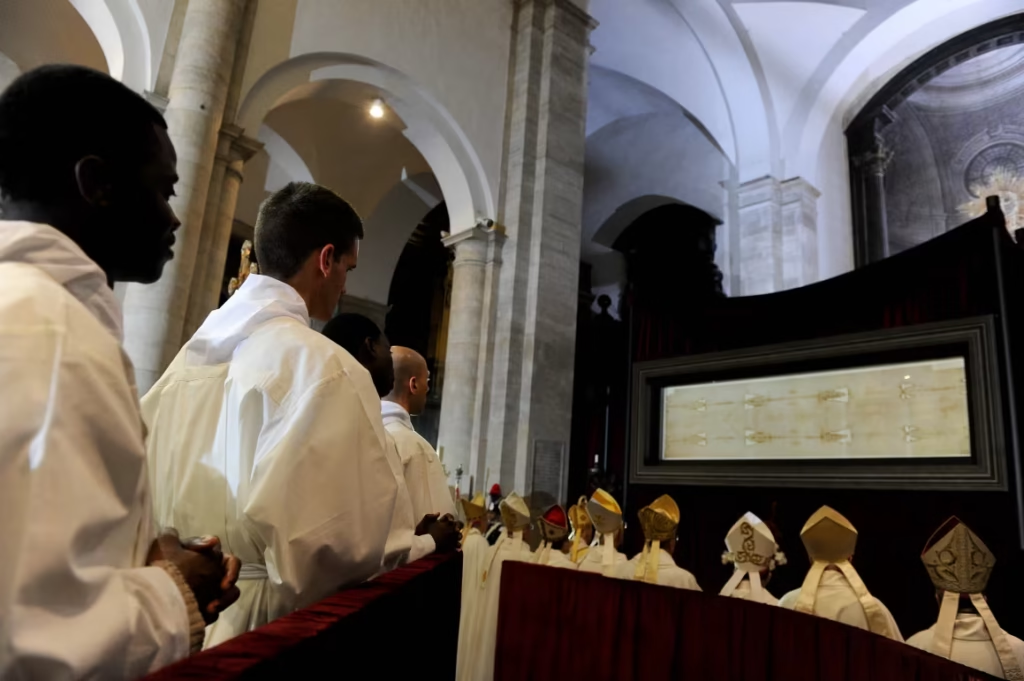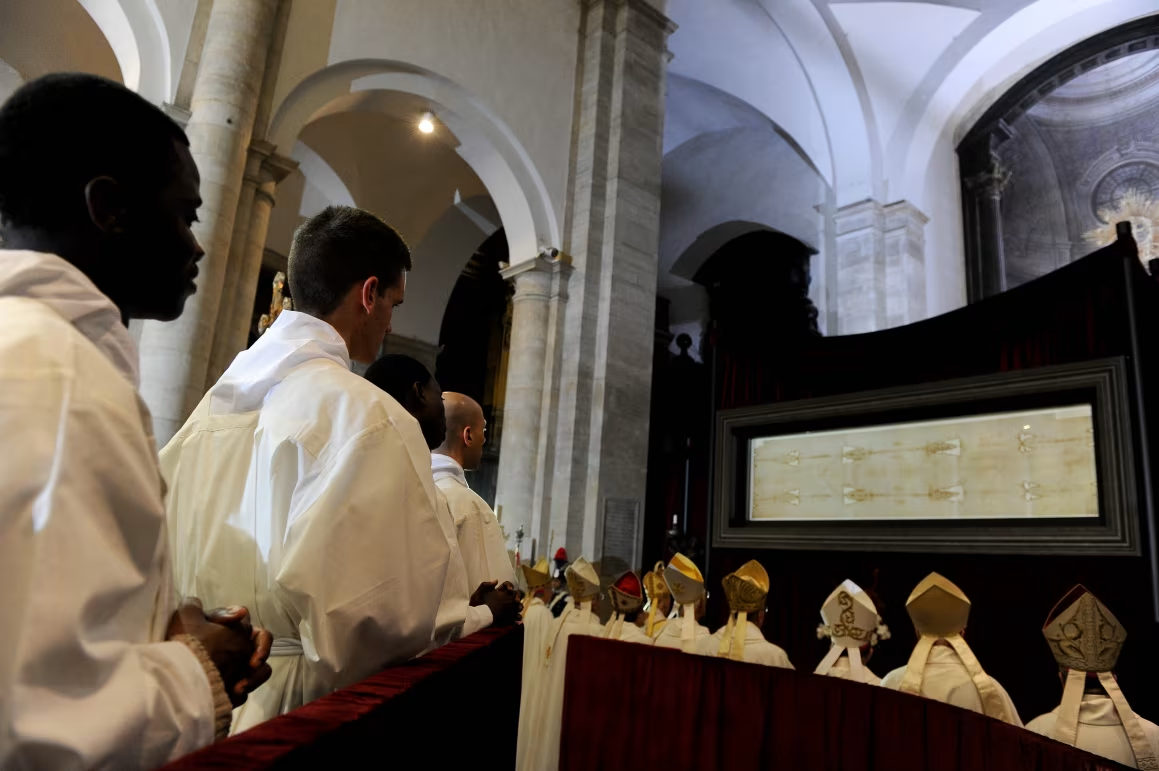The Shroud of Turin has long been one of the most mysterious and controversial religious relics in the world. Believers see it as the burial cloth of Jesus Christ, while skeptics view it as a medieval fabrication. Now, newly uncovered evidence shows that doubts about the relic’s authenticity go back further than previously believed.
Historians have discovered writings from 14th century philosopher and theologian Nicole Oresme, a respected adviser to King Charles V of France, in which he openly denounced the Shroud as a forgery. In his treatise Problemata, written between 1370 and 1382, Oresme accused clergy in the Champagne region of deceiving the faithful by displaying the cloth to elicit offerings. He described the relic as “clear” and “patent” fraud, making him the earliest known critic of the Shroud.
Until this discovery, the first documented denunciation was thought to be from Bishop Pierre d’Arcis in 1389, who similarly declared the Shroud a hoax. Oresme’s words push the timeline of skepticism back by at least a decade, reshaping the historical narrative around one of Christianity’s most disputed objects.
Oresme’s intervention is significant because it highlights the role of rational critique in the Middle Ages, a period often stereotyped as uncritical. His writings show that even during a time of deep religious devotion, scholars were willing to question relics and demand evidence. His skepticism underscores how the Shroud was controversial from the very beginning of its history.
For centuries, the cloth has inspired faith and debate in equal measure. Modern scientific analysis has added fuel to the fire, with carbon dating pointing to a medieval origin, while some researchers continue to argue for its authenticity. Oresme’s commentary proves that the question of the Shroud’s legitimacy is not just a modern issue but one that has divided opinion since its earliest appearances.



